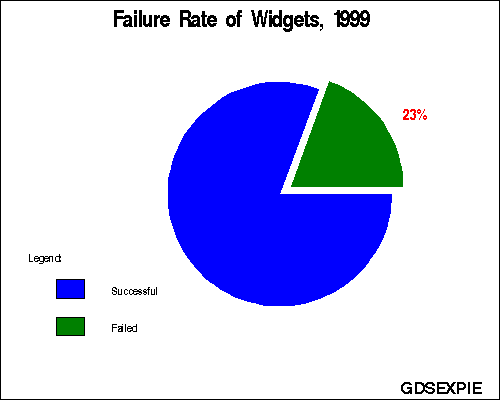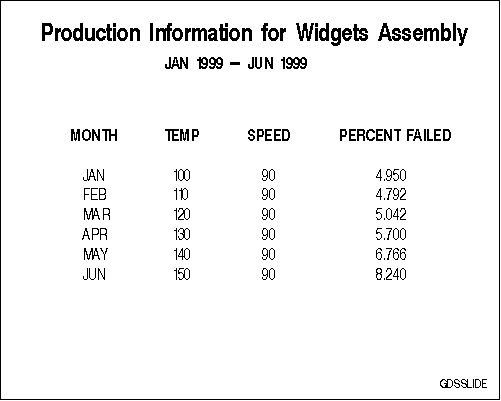Overview of the DATA Step Graphics Interface
Introduction to the DATA Step Graphics Interface
The DATA Step Graphics
Interface (DSGI) enables you to create graphics output within the
DATA step or from within a SAS Component Language ( SCL) application.
Through DSGI, you can call the graphics routines used by SAS/GRAPH software to generate a custom graph,
or to add features to an existing graph. You can use DSGI to write
a custom graphics application in conjunction with all the power of
the programming statements accessible by the DATA step.
DSGI provides many of the same
features as the Annotate facility, but it also has many advantages
over the Annotate facility.
Consider using the Annotate
facility for enhancing procedure output. and using DSGI for creating
custom graphics without using a graphics procedure.
DSGI is based on the
Graphics Kernel System (GKS) standard, although it does not follow
a strict interpretation, nor is it implemented on a particular level
of GKS. GKS was used to provide a recognizable interface to the user.
Because of its modularity, the standard allows for enhancements to
DSGI without the side effect of converting programs between versions
of SAS/GRAPH software.
The concepts used to
create graphics output with DSGI are explained. An overview of the
functions and routines used in DSGI are provided. For complete details
of each function and routine, see The DSGI Function and Routine Dictionaries.
Syntax
DSGI uses GASK routines
and functions to draw graphics elements. These statements have the
following syntax:
CALL GASK(operator, arguments);
return-code-variable=function-name (operator, arguments);
Requirements
When using DSGI statements,
the following formats for arguments must be used:
-
All x and y coordinates are expressed in units of the current window system. (See The Current Window System for details.)
-
The arguments used with DSGI functions can be expressed as either constants or variables. The arguments used with GASK routines must be variable names since values are returned through them. See The DSGI Function and Routine Dictionaries for a complete explanation of each argument used with DSGI functions and routines.

